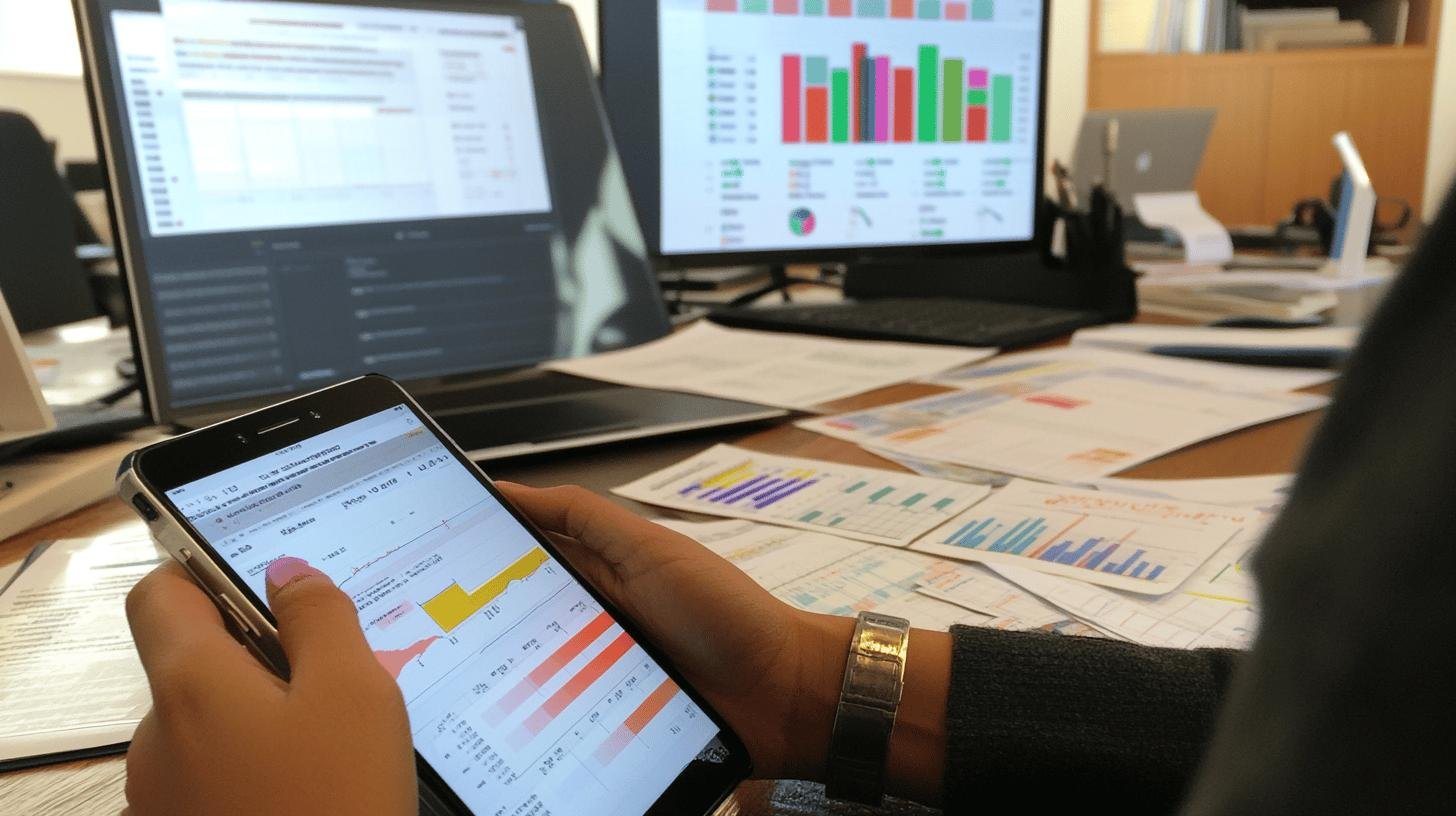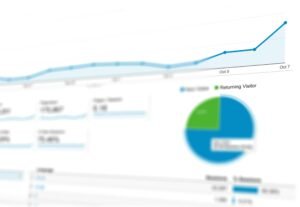Ever wonder how some businesses seem to have everything figured out? It’s not magic—it’s analytics and analysis. These tools help businesses turn raw data into actionable insights, making the difference between guessing and making informed decisions. Curious about how these work and why they are so important?
Let’s dive into how mastering analytics and analysis can drive your business success!
What Are Analytics and Analysis?
Analytics involves collecting, storing, and visualizing data. It’s like a toolkit that businesses use to make sense of numbers and trends. By doing this, companies can identify patterns and insights to make smarter decisions.
Data analysis is a part of analytics. It’s the process of cleaning, transforming, and modeling data to find insights. If analytics is the toolbox, then analysis is the tool that helps businesses dig deeper into data and uncover valuable information.
Key Differences Between Analytics and Analysis:
- Scope: Analytics covers all data activities, while analysis focuses on interpreting data.
- Purpose: Analytics aims to make data accessible; analysis aims to find insights.
- Process: Analytics includes data collection and visualization; analysis involves cleaning and modeling data.
- Outcome: Analytics provides data; analysis interprets it.
- Usage: Analytics is broad and ongoing; analysis is specific and targeted.
In essence, analytics gathers and organizes data, while analysis makes sense of it. Without one, the other wouldn’t be as effective.
Types of Data Analysis Techniques

Several methods are used to analyze data. Each technique has its own application and purpose.
Qualitative Data Analysis
Qualitative analysis looks at non-numerical data, like customer reviews or feedback. It helps businesses understand customer preferences and behaviors. For example, reading customer reviews can show businesses what people like or dislike about a product.
Quantitative Data Analysis
Quantitative analysis focuses on numbers. It uses data to make predictions and drive decision-making. For instance, analyzing past sales data helps companies predict future trends and adjust their strategies accordingly.
Statistical Analysis
Statistical analysis involves using statistics to interpret data. For example, calculating the average customer rating for a product gives insights into customer satisfaction. This helps businesses make decisions based on data-driven evidence.
| Type of Analysis | Purpose | Example |
|---|---|---|
| Descriptive | Summarize current data | Sales reports |
| Diagnostic | Identify reasons for past outcomes | Customer feedback analysis |
| Predictive | Forecast future events | Sales forecasting |
| Prescriptive | Recommend actions | Inventory management |
The Role of Data Analytics in Business
Data analytics plays a crucial role in business decision-making by turning raw data into actionable insights. Unlike data analysis, which focuses on specific data sets, data analytics provides a broader view of the business landscape. This wider perspective is essential for making mission-critical decisions.
Benefits of Using Analytics in Business:
- Informed Decision-Making: Companies can make better decisions based on data.
- Increased Efficiency: Operations become smoother and more streamlined.
- Competitive Edge: Staying ahead of competitors by using data-driven strategies.
- Customer Insights: Understanding customer behavior and preferences.
- Risk Management: Identifying potential risks and finding ways to reduce them.
- Performance Tracking: Monitoring business performance over time.
Analytics platforms make this easier by providing tools for analysis and visualization. Tools like Tableau and Power BI turn raw data into interactive dashboards, helping businesses see patterns and trends clearly.
Real-World Examples of Data Analytics

Data analytics isn’t just a buzzword—it’s transforming businesses worldwide. Let’s explore how some well-known companies are using data analytics.
Netflix
Netflix uses data analytics to predict what shows and movies viewers will enjoy. By analyzing viewing habits, Netflix recommends content that keeps users engaged and coming back for more.
Etsy
Etsy, an online marketplace, uses data analytics to manage its wide range of product categories. This helps sellers connect with buyers who are likely interested in their products, creating a more personalized shopping experience.
Walmart
Walmart leverages data analytics to ensure shelves are always stocked. By analyzing sales data, they predict demand and adjust their inventory accordingly, improving both customer satisfaction and operational efficiency.
Companies Utilizing Data Analytics:
- Netflix: Predicts viewer preferences and suggests content.
- Etsy: Connects sellers with buyers through personalized recommendations.
- Walmart: Ensures product availability and streamlines operations.
Essential Tools for Data Analytics
The right tools can transform a company’s ability to analyze data. These platforms allow businesses to track, analyze, and visualize data, providing valuable insights.
Google Analytics
Google Analytics is a widely-used tool for tracking website traffic. It helps businesses understand user behavior, identify popular pages, and see where visitors are coming from. This is essential for improving a website’s performance and user experience.
Google Analytics 4 (GA4)
GA4 takes things a step further by allowing businesses to track users across multiple platforms, such as websites and apps. It also incorporates machine learning, helping companies predict future trends and behaviors.
Tableau
Tableau excels in data visualization. It lets users create interactive dashboards that simplify complex data. Businesses can turn data into compelling visuals, making it easier to communicate insights to stakeholders.
| Tool | Key Features | Use Cases |
|---|---|---|
| Google Analytics | Website traffic tracking, user behavior analysis | Improving online presence, enhancing user experience |
| Google Analytics 4 | Cross-platform tracking, machine learning insights | Predicting user behavior, understanding customer journey |
| Tableau | Data visualization, interactive dashboards | Visualizing sales data, customer feedback, operational metrics |
Final Words
Analytics and analysis work hand in hand to help businesses unlock the potential of their data. Analytics focuses on gathering and visualizing data, while analysis helps interpret it, making sense of the numbers. Together, they form the foundation for data-driven decision-making, leading to greater efficiency, smarter strategies, and ultimately, business success.
Whether it’s Netflix predicting your next favorite show, Etsy connecting you with unique products, or Walmart making sure your favorite items are in stock, analytics and analysis are at the heart of these success stories. For more insights on leveraging technology and AI for business growth, check out WikiWayne.
FAQ
What’s the difference between analytics and analysis?
Analytics is the broad process of collecting and visualizing data. Analysis focuses on examining that data to find useful insights.
What types of data analytics exist?
- Descriptive: Summarizes past data.
- Diagnostic: Explains why something happened.
- Predictive: Forecasts future trends.
- Prescriptive: Recommends actions to achieve desired outcomes.
Which companies are using data analytics effectively?
- Netflix: Recommends content based on viewing habits.
- Etsy: Personalizes shopping experiences.
- Walmart: Optimizes product availability and streamlines operations.




